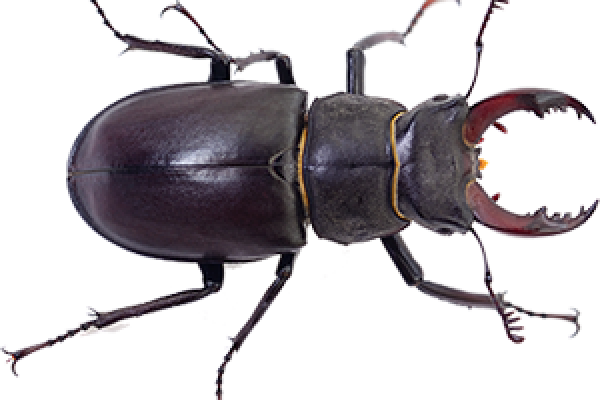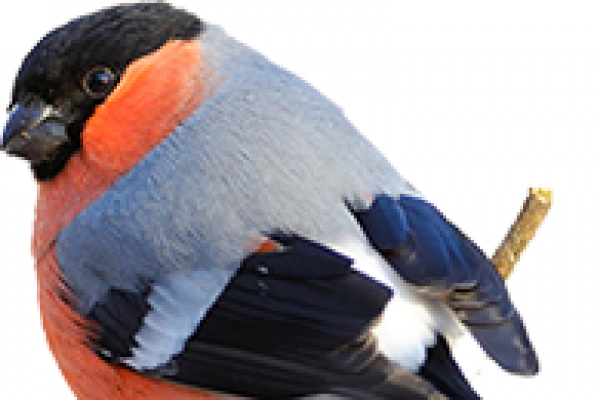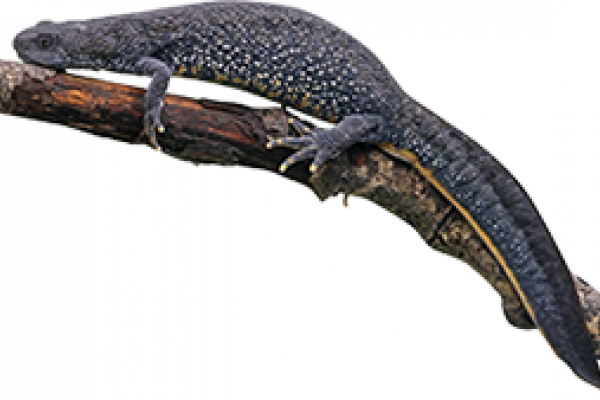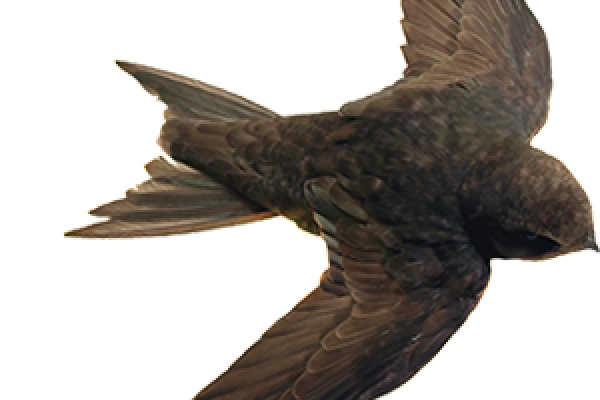Wild about local biodiversity
We have been monitoring local wildlife populations in our parks and open spaces.
This is to make sure that our habitat management is helping to maintain and enhance local biodiversity.
Species to look for
Stag beetle
Look for
- reddish-brown wing cases and shiny black head
- males have large, reddish-brown antlers, while females have pincers
- adults can grow up to 4cm in length

Encouraging this species
Stag beetles like undisturbed, rotting deadwood. Try making a log pile in a shaded part of your garden.
Alternatively, make holes in an ordinary plastic bucket and fill it with 1/4 soil and 3/4 wood chips.
Dig a hole in an undisturbed area of your garden and bury the bucket with the top at ground level.
| Attachment | Size |
|---|---|
Document
Stag beetles activity pack
|
1 MB |
Bullfinch
Look for
- grey back, white rump and black cap
- breast and cheeks are bright pink (males) or a dull pinkish-brown colour (females)

Encouraging this species
Plant native trees and shrubs which will provide shelter and produce seeds, berries and buds that provide food.
Avoid using pesticides as these kill insects that bullfinches also feed on.
Great crested newt
Look for
- black warty skin and a row of white spots running along the side of the head and body
- male great crested newts have a jagged side running along their back (with a clear break between the back and tail) which the females lack
- adults can grow up to 17cm in length
- orange-yellow underbelly with distinctive black

Encouraging this species
Make a wildlife pond with plenty of aquatic vegetation.
Avoid keeping fish as they can eat newt tadpoles.
Surround the pond with habitats such as undisturbed grassland, hedges, trees and scrub.
Swifts
Look for
- swifts are summer visitors to the UK
- they typically nest in roof spaces, under tiles or in the eaves of buildings
- dull sooty-brown colour with a pale chin
- when viewed from below against the sky they can appear almost black
- long, scythe shaped wings and short, forked tail

Encouraging this species
The majority of modern houses do not provide suitable crevices for swifts to nest in. The best way to encourage them is to install a swift box.